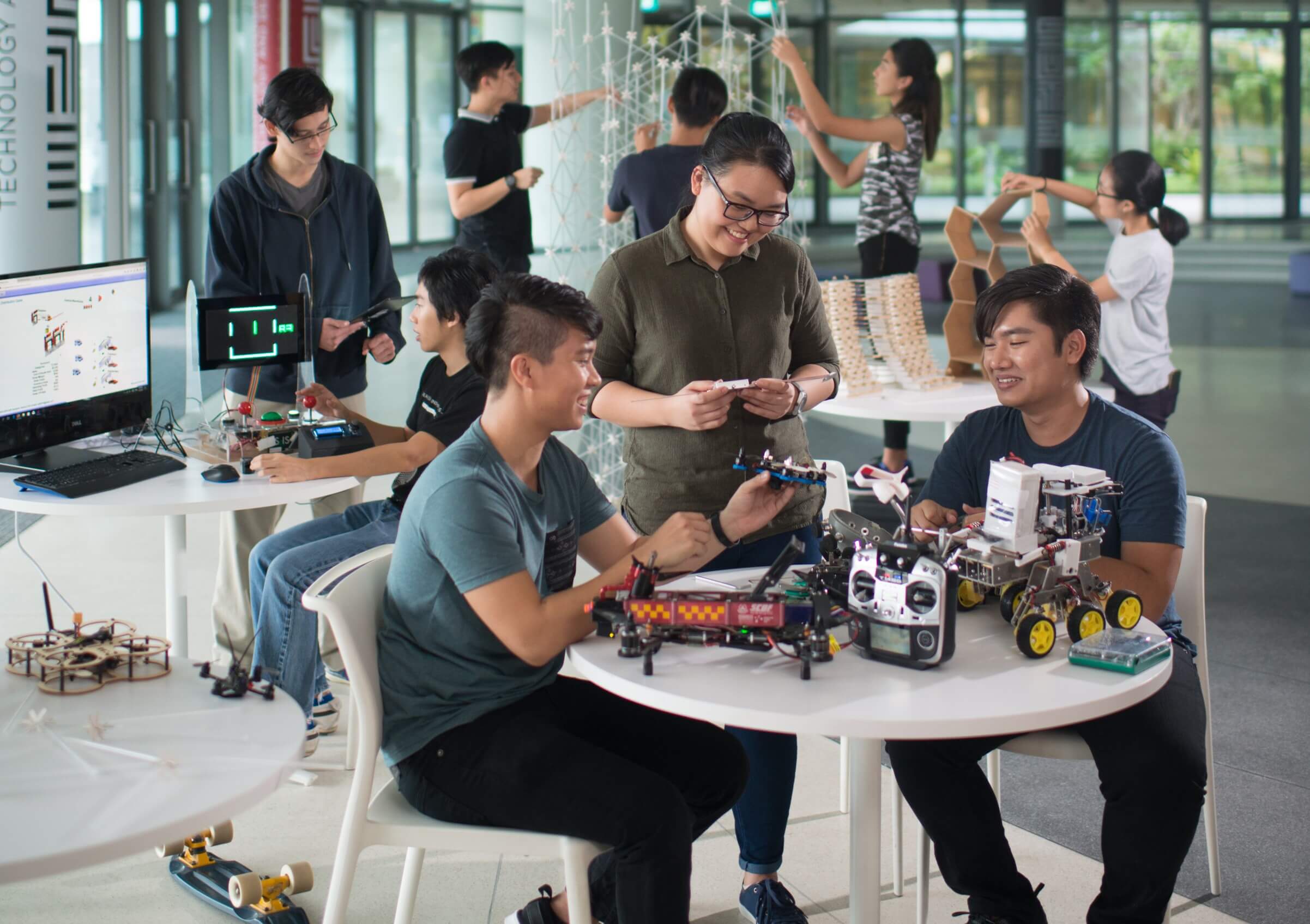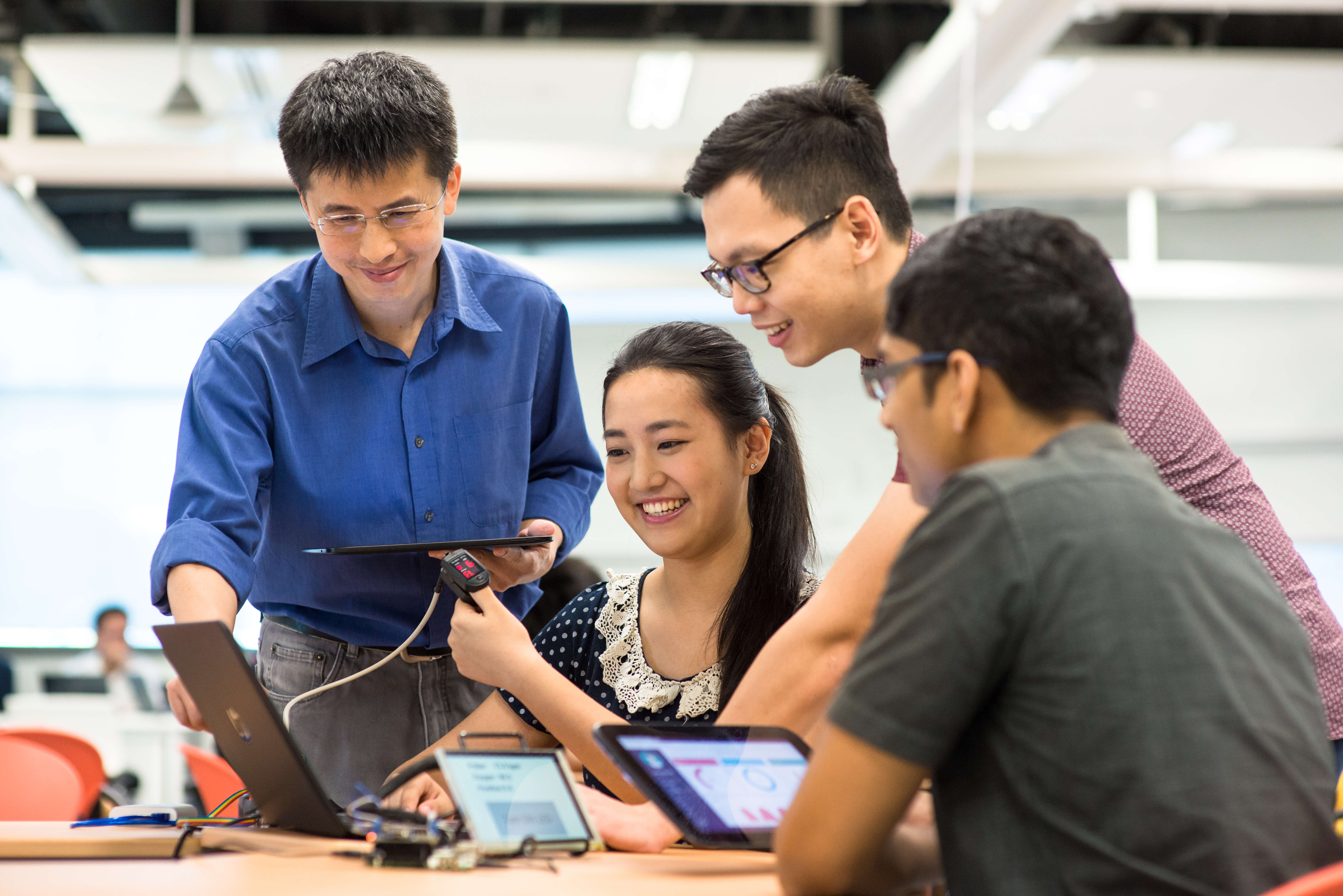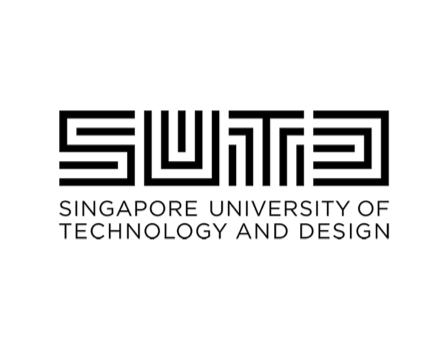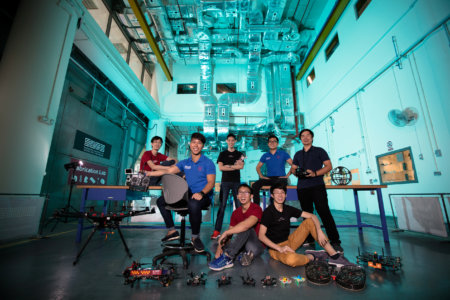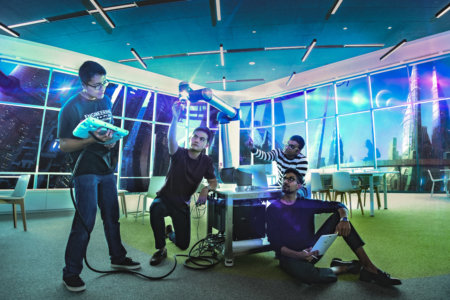If the pandemic has taught us one positive lesson, it is to always be ready for change. At the Singapore University of Technology and Design (SUTD), students embrace this attitude early as they carve out their careers in a world with evolving challenges. Whether in healthcare, engineering, architecture or other fast changing industries, SUTD graduates have adapted to a “new normal” by quickly embracing new technological trends and the shifting practice of work almost overnight — and the secret can be traced back to their undergraduate curriculum.
“SUTD offers an ideal university curriculum focusing on technology, design thinking and critical problem-solving skills as it prepares its graduates for the rapidly-evolving future in industries such as healthcare,” says adjunct professor Hsu Pon Poh, Chief and Senior Consultant Surgeon at the Department of Otolaryngology — Head and Neck Surgery at Changi General Hospital. Throughout the pandemic, SUTD graduates have continued to prove their edge through the bold application of technology and design skills and continue to be highly-employable, which is a testament to their versatility and industrial relevance.
Here, students build a strong foundation in Science, Mathematics, Humanities, Arts and Social Sciences (HASS), Digital Literacy and Design during the first-year Freshmore curriculum. They then progress to one of five degree programmes: Architecture and Sustainable Design (ASD), Design and Artificial Intelligence (DAI) Engineering Product Development (EPD), Engineering Systems and Design (ESD), and Information Systems Technology and Design (ISTD).
This design-centric education nurtures technically-trained innovators with the ability and confidence to tackle the world’s evolving challenges. Students are exposed to the intersections of various industries, so that they may learn to create more impactful, interdisciplinary innovations. Additionally, their Humanities, Arts and Social Sciences curriculum enables these budding designers, engineers and architects to appreciate the societal context we operate in. This approach empowers students to adapt their unique combination of skills to various projects, which sets them apart in the working world
This is reaffirmed by SAA Architects’ CEO, Yeo Siew Haip, “SUTD graduates are different; their confidence is something I don’t see in other graduates. They are very bold, they are also creative. They will always find solutions and are very open to learning,”
Interdisciplinary and digital-ready curriculum
SUTD stands out for its unique interdisciplinary and hands-on approach to technology and design in engineering and architecture degrees. “Working together with other programmes extends the toolkit and repertoire of an architect, to create tightly-integrated, innovative solutions,” attests ASD alumnus Jonathan Ng. Students across all degree programmes have a finger on the pulse of digitalisation, honing their skills in critical emerging technologies such as artificial intelligence, machine learning, and analytics.
Jonathan experienced this first-hand — back in 2019, he got to join the Norman Foster Robotics Atelier in Spain, where his team designed a large-scale, 3D printing out of recycled ocean plastic. “For transformational impact, we must fundamentally change the way we think about design using technology. We need to fully exploit the capabilities and capacities of new design computational approaches,” he reflects. Today, Jonathan is pursuing a Master of Architecture at Harvard Graduate School of Design.
“SUTD graduates’ competitive advantage stems from the school’s pedagogy which focuses on a cross-disciplinary, collaborative and experiential learning process,” testifies CEO of DP Architects, Seah Chee Huang. Changi Airport Group’s Executive Vice President of Airport Development Yam Kum Weng agrees, having employed ESD graduates. “SUTD’s unique multidisciplinary curriculum gives their graduates an edge in integrated solution and systems thinking, especially important in the changing aviation landscape,” he opines.
Through their undergraduate programmes, students are encouraged to stretch their abilities and talents so they may build a progressive work ethic that evolves with industry demands. Shruthi Pandi Chelvam, a Research Engineer for the Singapore-MIT Alliance for Research and Technology (SMART), appreciates how her EPD experience goes beyond learning theory and applying them in assignments. “The increased variety of projects over the years gives the opportunity to widen one’s scope, refine design thinking skills, learn and be better each time,” she shares.
Employer’s choice, society’s future
With all that said, it’s no wonder SUTD graduates are landing their dream jobs across industries. A 2018 Joint Graduate Employment Survey found that 94% of SUTD graduates find stable jobs within six months of graduation in 78.6% of Singapore’s key sectors. They are empowered to let their creativity, innovation, and job-readiness shine — all of which are key 21st century skills.
Lam Ying Sheng gained his earliest hands-on experience during his ESD degree, and it sure paved the way for his career as a Global Data Analyst with Bloomberg. “We are trained to see the problem in a design-centric way and pool together a team’s collective knowledge to address the root issue,” he says. May Quek, ISTD alumna and software engineer at nuTonomy, agrees, adding that her projects trained her to consider different perspectives when innovating solutions.
At software development company Pivotal Labs, for example, engineers are not merely expected to code well, but also be able to teach engineering best practices to Singapore’s key organisations. “In our experience, ISTD graduates have been universally bright, capable, and ready to do complex engineering work. We have hired several ISTD graduates and they all came in with the theoretical and practical skills to immediately start having a high impact,” says Engineering Director David Varvel. “An SUTD degree is one of the first things that we look for when we are hiring.”
Be part of a new generation of design innovators, click the link to learn more.






